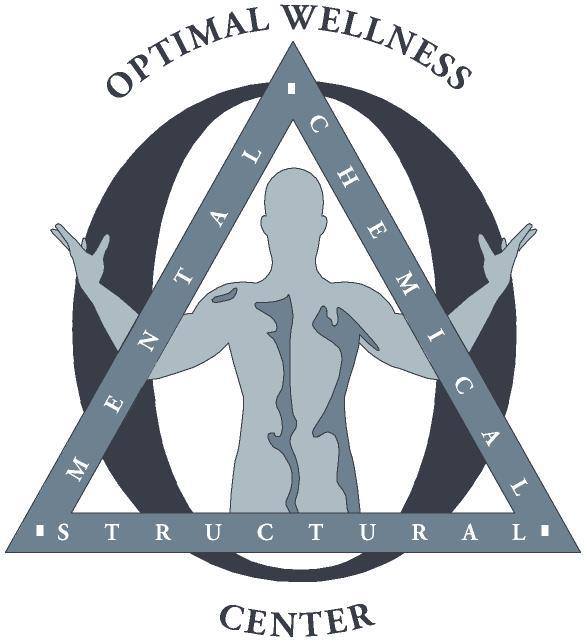The First Chiropractor: Origins and History of Chiropractic Care
The history of chiropractic begins in 1895, when Daniel David Palmer, known as the founder of chiropractic, performed the first spinal adjustment in Davenport, Iowa. This historic moment laid the groundwork for a new field of healthcare focused on the alignment of the spine and its influence on the body’s overall health. But how did chiropractic begin? Let’s explore the origins of chiropractic medicine and its evolution into the modern practice we know today.
How Did Chiropractic Start?
The roots of chiropractic trace back to Palmer’s belief in the connection between spinal health and overall well-being. Palmer performed his first adjustment on Harvey Lillard, a janitor who had reported hearing loss. After realigning Lillard’s spine, his hearing reportedly improved, sparking Palmer’s conviction that misalignments in the spine (subluxations) could interfere with the body’s innate ability to heal itself. This idea became the cornerstone of chiropractic care history.
Palmer coined the term "chiropractic," derived from the Greek words cheir (hand) and praktos (done), reflecting the hands-on nature of the practice.
How Was Chiropractic Invented?
Palmer’s methods were influenced by earlier practices of spinal manipulation and holistic healing. However, his approach formalized these techniques into a cohesive discipline. In 1897, he established the Palmer School of Chiropractic, the first educational institution dedicated to chiropractic training. This marked the beginning of the profession’s growth and its journey toward scientific recognition.
Evolution of Chiropractic Medicine
The early 20th century was a pivotal time for chiropractic. Initially met with skepticism, practitioners organized to standardize education and develop research. By 1913, Kansas became the first state to license chiropractors, and today, all 50 U.S. states regulate the profession.
In the 1970s, chiropractic care gained further legitimacy with Medicare coverage for spinal manipulation and accreditation of chiropractic colleges by the U.S. Department of Education. These milestones underscored the growing acceptance of chiropractic as a viable healthcare option.
Modern Chiropractic Practice
Today, chiropractic care has evolved to include diverse techniques and treatments beyond spinal adjustments, such as soft tissue therapy, lifestyle counseling, and rehabilitation exercises. Research continues to validate its effectiveness, particularly as a non-invasive alternative for managing back pain, neck pain, and other musculoskeletal conditions.
Chiropractors worldwide follow the principles established by Palmer while integrating modern science into their practice. The origins of chiropractic care remain deeply rooted in holistic healing and patient-centered approaches.
FAQs About Chiropractic History
1. Who was the first chiropractor?
The first chiropractor was Daniel David Palmer, who performed the first adjustment in 1895.
2. What is the history of chiropractic medicine?
Chiropractic medicine began in the late 19th century and focuses on spinal health and its impact on the nervous system and overall health.
3. How did chiropractic care start?
Chiropractic care started with Palmer’s belief that spinal misalignments could interfere with the body’s natural healing processes.
4. Is chiropractic care scientifically supported?
Yes, numerous studies support chiropractic care as an effective treatment for musculoskeletal conditions, especially lower back pain.
Conclusion
The history of chiropractic medicine reflects its transformation from a groundbreaking idea by the inventor of chiropractic, Daniel David Palmer, to a globally recognized healthcare profession. The origins of chiropractic medicine highlight its enduring focus on natural, non-invasive healing, ensuring its place in modern integrative healthcare systems.
Chiropractic care’s journey from its 19th-century beginnings to its current status illustrates its resilience and adaptability in addressing the health needs of millions. Whether you’re new to chiropractic or exploring its rich history, understanding how chiropractic began provides valuable insight into its role in promoting health and wellness.
